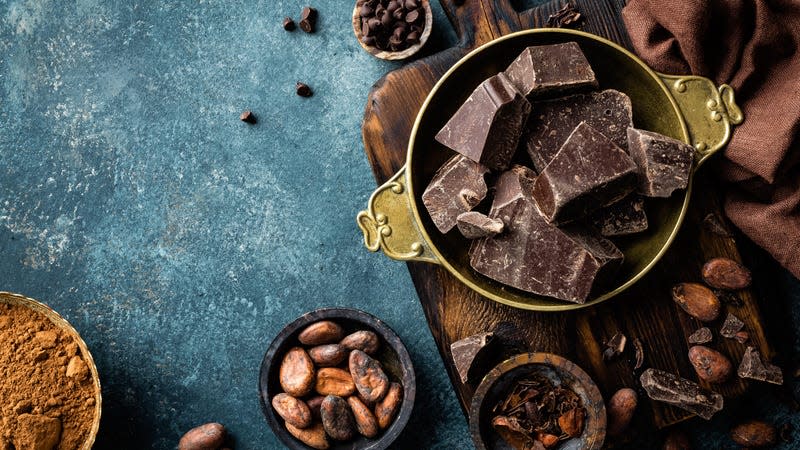Scientists Discover How Bitter Taste Reception Actually Works

Scientists are unraveling the secrets of how our mouths can taste bitterness. A new study details the structure of a key bitter taste receptor and finds evidence that cholesterol seems to play an important role in helping this receptor function.
Bitterness is one of the five basic tastes humans can detect, along with sour, sweet, salty, and umami (a meaty, savory taste). It was already known that our sense of bitter taste is largely managed by certain receptors found in our tongue and mouth known as type 2 taste receptors, or TAS2Rs. Of these receptors, TAS2R14 is especially important, being able to identify over 100 substances that confer bitter taste.
The new research was led by scientists from the University of North Carolina School of Medicine, who decided to take a much closer look at TAS2R14 than anyone has before. Their findings were published Wednesday in the journal Nature.
“Scientists know very little about the structural makeup of sweet, bitter, and umami taste receptors,” said study author Yoojoong Kim, a pharmacologist and postdoctoral researcher at UNC, in a statement from the university. “Using a combination of biochemical and computational methods, we now know the structure of the bitter taste receptor TAS2R14 and the mechanisms that initializes the sensation of bitter taste in our tongues.”
As is often the case with this sort of basic research, the researchers came across some unexpected things. For example, they found cholesterol inside a binding site—the region of a molecule where it can bind to another molecule—of the TAS2R14 receptor. This site was found next to another site meant to be activated by a specific bitter taste-inducing substance. The researchers suspect that cholesterol primes TAS2R14 so that it can be easily activated by this substance, though it might have other functions as well.
While the team’s work has helped scientists get closer to understanding a crucial aspect of our sense of taste, it also sets the stage for future research. Based on their findings, it’s possible that TAS2R14 might have other functions besides simply helping us taste bitter food.
Other research into taste has delivered some intriguing results, such as why fat tastes so good. In 2021, Gizmodo asked experts whether technology might ever be able to enhance our sense of taste. “Molecular receptors for all five basic tastes have now been identified,” one researcher told us at the time. “These can and are being used to fish out compounds that enhance or decrease their activity, leading to, for example, the identification of sweet enhancers or bitter blockers that can be added to foods or pharmaceuticals.”

